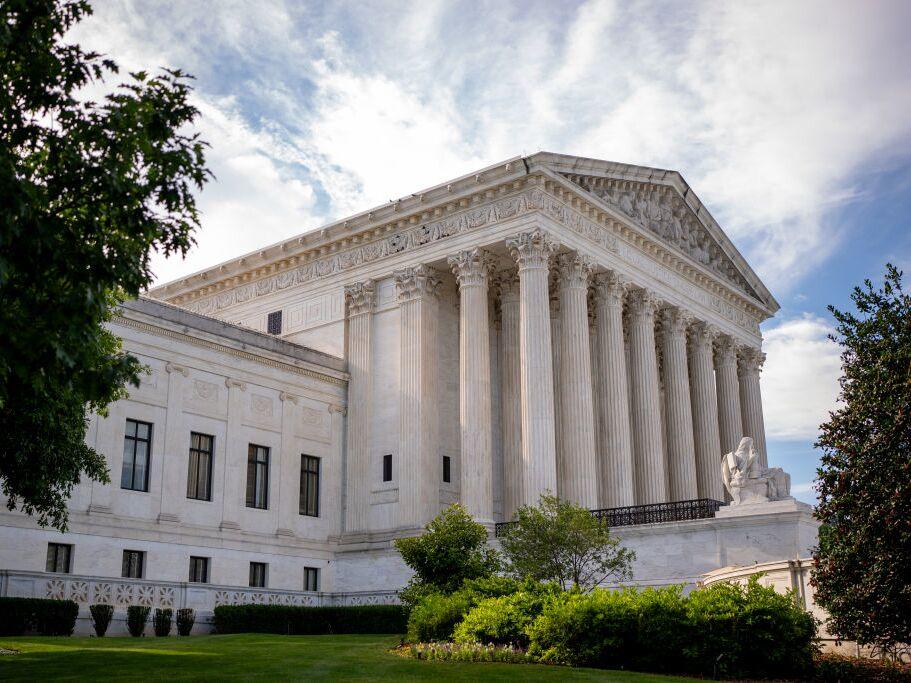Section Branding
Header Content
Supreme Court halts EPA’s 'Good Neighbor Plan'
Primary Content
The U.S. Supreme Court on Thursday temporarily blocked the Environmental Protection Agency’s “Good Neighbor Plan.” By a 5 to 4 vote, the court ruled that the emissions-reductions standards set by the plan were likely to cause “irreparable harm” to almost half the states unless the court halted the rule pending further review by the U.S. Court of Appeals for the District of Columbia.
The EPA’s Good Neighbor Plan aimed to ensure compliance with the 2015 Ozone National Ambient Air Quality Standards law. To carry out the law’s mandate, the EPA required “upwind” states to reduce air pollution affecting “downwind” states. Under the Good Neighbor rule, states are first given the chance to create a plan that complies with agency’s ozone guidelines. If a state fails to submit an adequate plan, the EPA then designs a compliance plan for the state. In February 2023, the EPA determined that 23 states had not provided sufficient plans and the agency then decided to implement its own emissions-control program for those states.
Ohio, plus several other states, large industrial companies, and trade associations, challenged the EPA plan in court. They contended that the agency’s “dictatorial approach” failed to adequately consider the legal and practical implications of substituting its own plan for the state plans. The opponents also argued that the plan’s implementation would cause significant economic and operational harm, particularly by forcing states to undertake costly modifications to their power plants while judicial review is pending in the U.S. Court of Appeals for the District of Columbia.
On Thursday, the Supreme Court agreed with the states.
The decision was a major loss for environmental groups and downwind states; they warned that halting the Good Neighbor Plan could lead to continued ozone pollution, adversely affecting public health and the environment. For its part, the EPA maintained that the plan was crucial for achieving national air quality standards and protecting downwind states from the harmful effects of upwind pollution.

